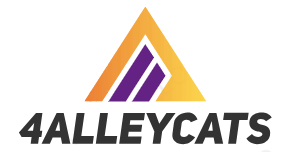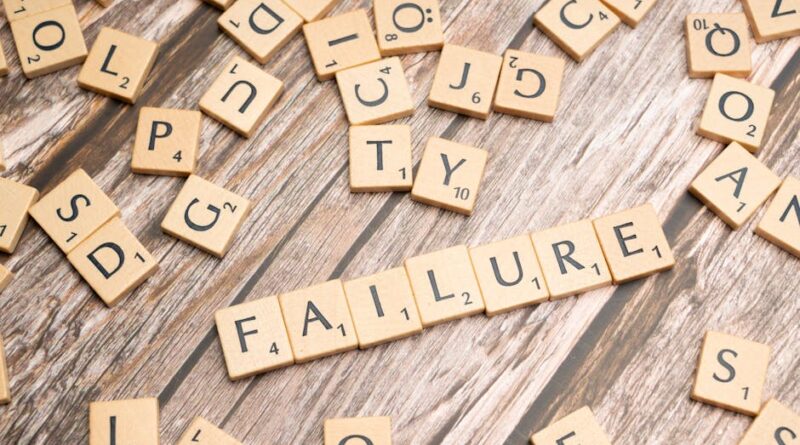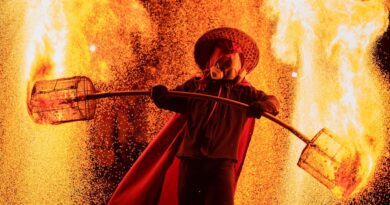Creativity in Adversity: Nurturing Innovation in Challenging Times
Life is full of challenges, obstacles, and setbacks that can often seem insurmountable. However, it is during these times of adversity that some of the most remarkable displays of creativity and innovation emerge. From art and literature to science and technology, history is replete with examples of individuals and societies harnessing their creative potential to overcome adversity and thrive.
In this article, we will delve into the fascinating realm of ‘Creativity in Adversity’, exploring the various ways in which individuals and organizations have leveraged creativity to navigate through difficult times. By examining the historical context, current applications, and future implications of creativity in adversity, we aim to provide a comprehensive understanding of this intriguing phenomenon.
The Power of Resilience: Adversity as a Catalyst for Creativity
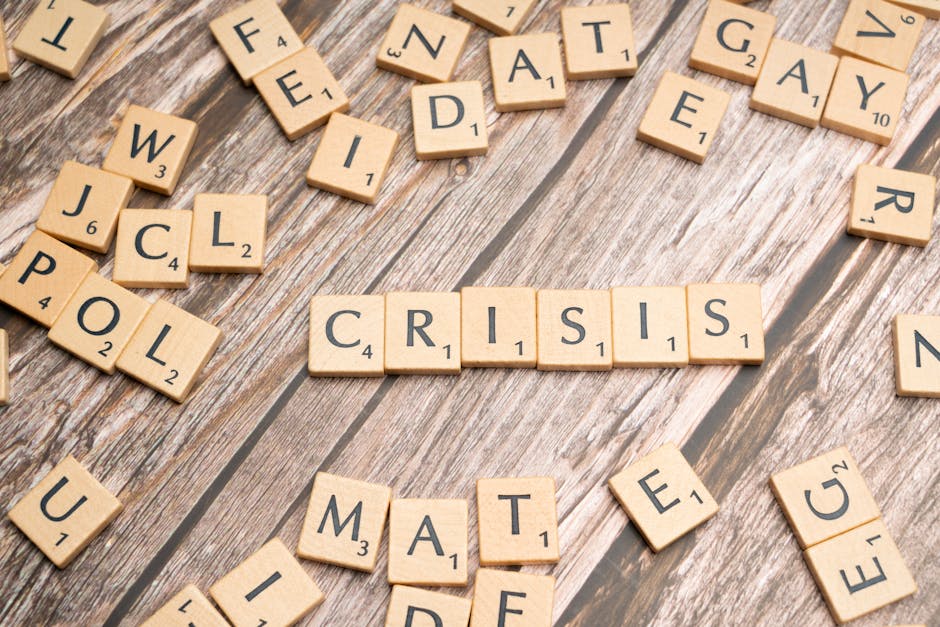
Adversity has long been recognized as a powerful catalyst for creativity. When faced with challenges, individuals are often forced to think outside the box, explore new ideas, and experiment with unconventional solutions. This process of cognitive restructuring can lead to innovative breakthroughs and transformative outcomes.
One of the most compelling examples of resilience in the face of adversity is the story of Vincent van Gogh. Despite enduring mental health struggles, financial hardships, and societal rejection during his lifetime, van Gogh’s artistic genius shone through in his vibrant and emotive paintings. His unique style and innovative use of color have since made him one of the most celebrated artists in history.
The Role of Creativity in Problem-Solving
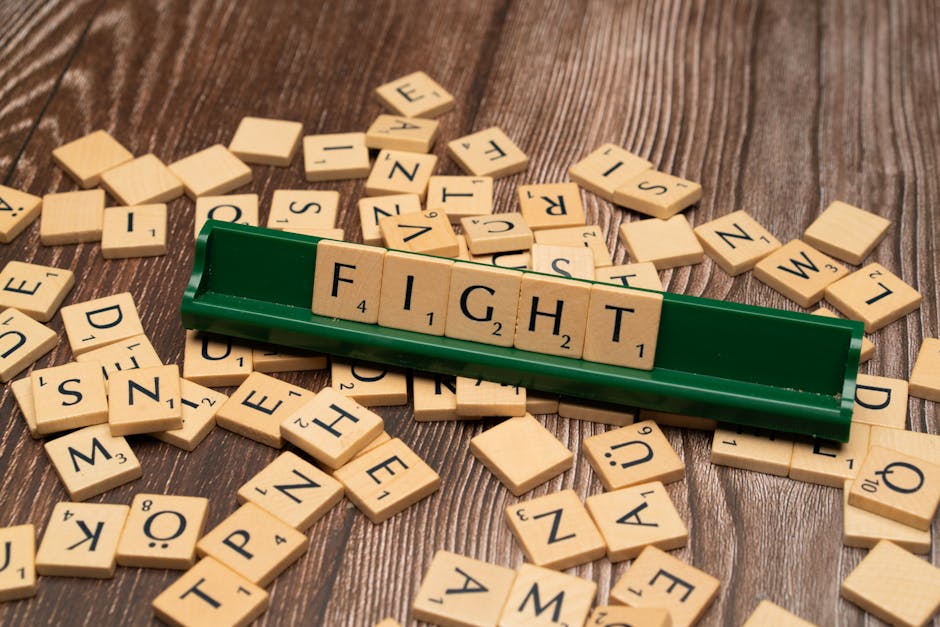
At its core, creativity is about finding novel solutions to complex problems. In times of adversity, the ability to think creatively can be a valuable asset in overcoming challenges and achieving goals. Whether it’s devising a new business strategy in a competitive market or finding innovative ways to address social issues, creativity plays a crucial role in problem-solving.
One notable example of creativity in problem-solving is the case of NASA’s Apollo 13 mission. When an oxygen tank explosion threatened the lives of the astronauts onboard, NASA engineers and scientists had to think quickly and creatively to devise a plan to bring the crew safely back to Earth. Through collaborative brainstorming and innovative engineering, they successfully improvised a solution using limited resources, demonstrating the power of creativity in high-stakes situations.
Creativity as a Source of Inspiration and Resilience
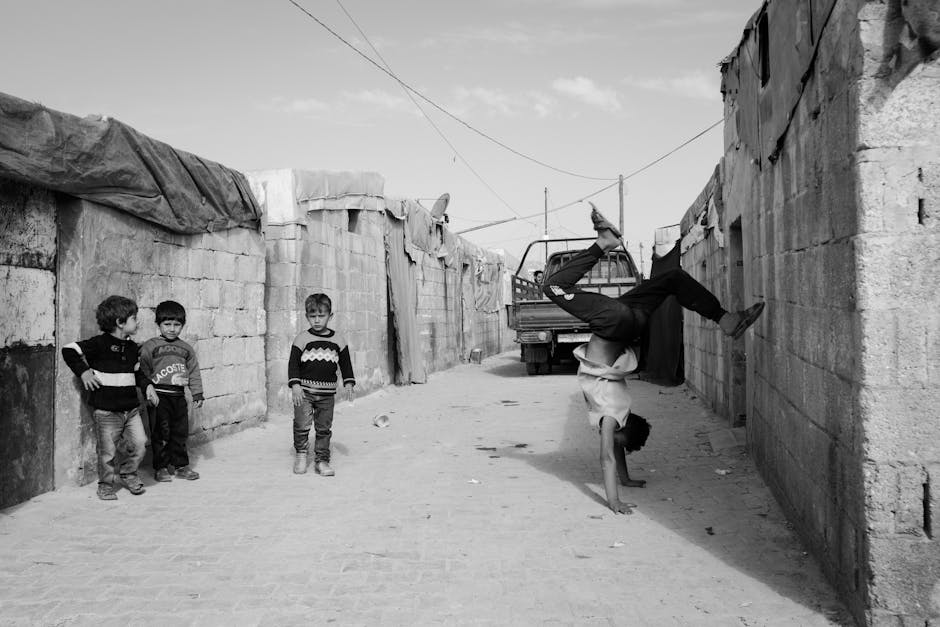
During times of adversity, creativity can also serve as a source of inspiration and resilience. Creative expression, whether through art, music, literature, or other forms of media, can help individuals process their emotions, cope with stress, and find meaning in challenging circumstances. By tapping into their creative potential, individuals can cultivate a sense of purpose and hope amidst adversity.
An inspiring example of creativity as a source of resilience is the story of Malala Yousafzai. After surviving a targeted attack by the Taliban for advocating girls’ education in Pakistan, Malala turned to writing and public speaking as a means of raising awareness about the importance of education. Through her creativity and courage, Malala has become a global symbol of resilience and empowerment, inspiring millions around the world to stand up for their rights.
Creative Collaboration: Fostering Innovation in Adversity

Collaboration is another key aspect of creativity in adversity. By working together with diverse perspectives, skill sets, and experiences, individuals and organizations can harness the collective power of creativity to tackle complex challenges and drive innovation. Through creative collaboration, new ideas are born, boundaries are pushed, and transformative change can be achieved.
One prominent example of creative collaboration in adversity is the Open Source movement. By sharing code, resources, and knowledge freely with a global community of developers, Open Source projects have revolutionized the software industry, leading to the creation of innovative technologies such as Linux, Apache, and Firefox. This collaborative approach to creativity has not only democratized access to technology but has also fostered a culture of innovation and inclusivity.
Embracing Failure: Learning from Setbacks to Fuel Creativity
Failure is an inevitable part of the creative process, particularly in times of adversity. However, instead of seeing failure as a roadblock, creative individuals view it as an opportunity for growth and learning. By embracing failure, accepting feedback, and iterating on their ideas, individuals can harness setbacks to fuel their creativity and drive continuous improvement.
A notable example of embracing failure to fuel creativity is the story of Thomas Edison. Despite facing numerous setbacks and failures in his quest to invent the light bulb, Edison remained persistent and resilient. Through each failed experiment, he learned valuable lessons that ultimately led to the successful invention of the incandescent light bulb. Edison’s famous quote, “I have not failed. I’ve just found 10,000 ways that won’t work,” exemplifies the mindset of embracing failure as a stepping stone to success.
Building a Culture of Creativity in Adversity
Creating a culture of creativity in adversity requires a supportive environment that encourages risk-taking, experimentation, and collaboration. Organizations that foster a culture of creativity not only empower their employees to think innovatively but also cultivate a sense of resilience and adaptability in the face of challenges.
One exemplary case of building a culture of creativity in adversity is the Pixar Animation Studios. Known for its groundbreaking films such as Toy Story, Finding Nemo, and Inside Out, Pixar has cultivated a culture of creativity and innovation that values collaboration, storytelling, and experimentation. By embracing failure as a natural part of the creative process and encouraging employees to take creative risks, Pixar has consistently produced award-winning films that resonate with audiences worldwide.
Expert Opinions on Creativity in Adversity
We reached out to experts in the fields of psychology, business, and creativity to gather their insights on the topic of creativity in adversity. Here’s what they had to say:
Dr. Carol Dweck, psychologist and author of “Mindset: The New Psychology of Success,” emphasizes the importance of adopting a growth mindset to cultivate creativity in adversity. She states, “When faced with challenges, individuals with a growth mindset view them as opportunities for learning and growth. By embracing challenges and persisting in the face of setbacks, they can unleash their creative potential and thrive.”
Dr. Ken Robinson, renowned educator and creativity expert, highlights the role of education in fostering creativity in adversity. He asserts, “Creativity is not a fixed trait but a skill that can be developed and nurtured through education. By providing students with opportunities to explore, experiment, and collaborate, educators can empower them to think creatively and adapt to changing circumstances.”
Conclusion: Embracing Creativity in Adversity
In conclusion, creativity in adversity is a powerful force that can transform challenges into opportunities, setbacks into breakthroughs, and failures into success. By harnessing their creative potential, individuals and organizations can navigate through difficult times with resilience, innovation, and adaptability. Whether it’s finding novel solutions to complex problems, inspiring others through creative expression, or fostering collaboration to drive change, creativity in adversity offers a pathway to growth and transformation.
As we reflect on the myriad ways in which creativity has shaped our world and propelled us forward, let us remember that in times of adversity, creativity is not just a luxury but a necessity. It is through our creative endeavors, our willingness to experiment, and our commitment to continuous improvement that we can overcome the most daunting challenges and emerge stronger, wiser, and more creative than ever before.
So, the next time you find yourself facing adversity, remember that creativity is your greatest ally. Embrace the unknown, welcome failure as a teacher, and trust in your ability to innovate, adapt, and thrive. For in the crucible of adversity, creativity has the power to illuminate the path forward and lead us to new horizons of possibility.
